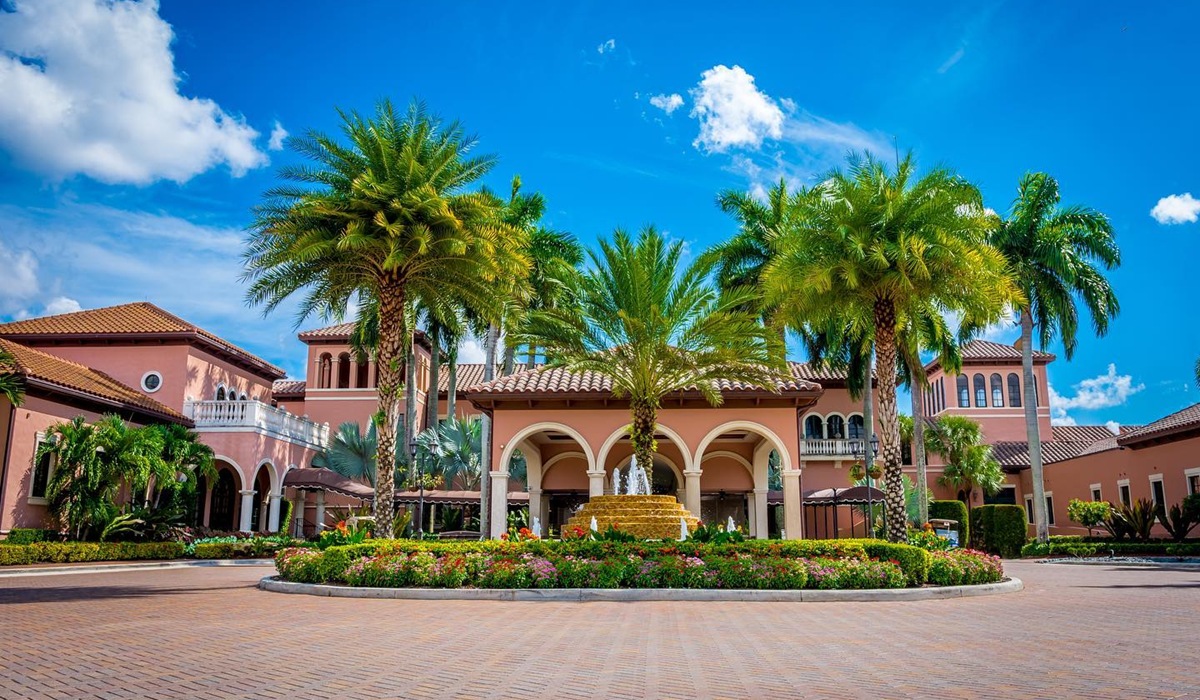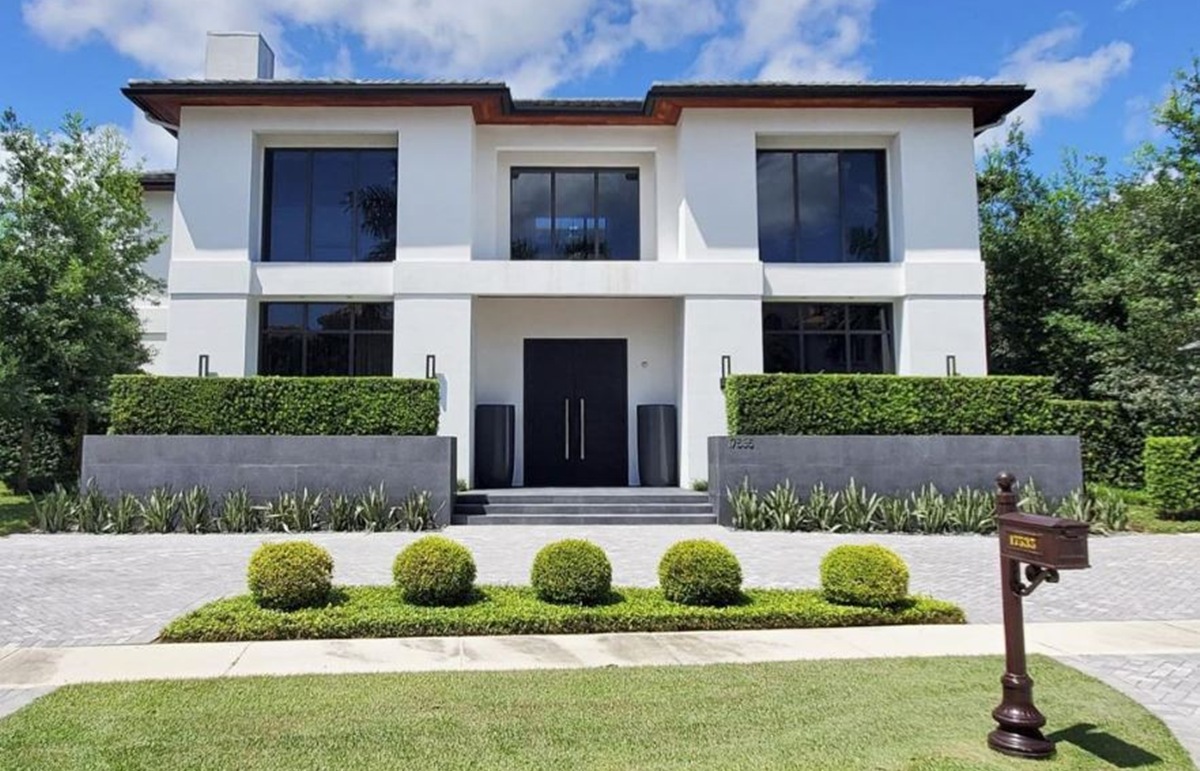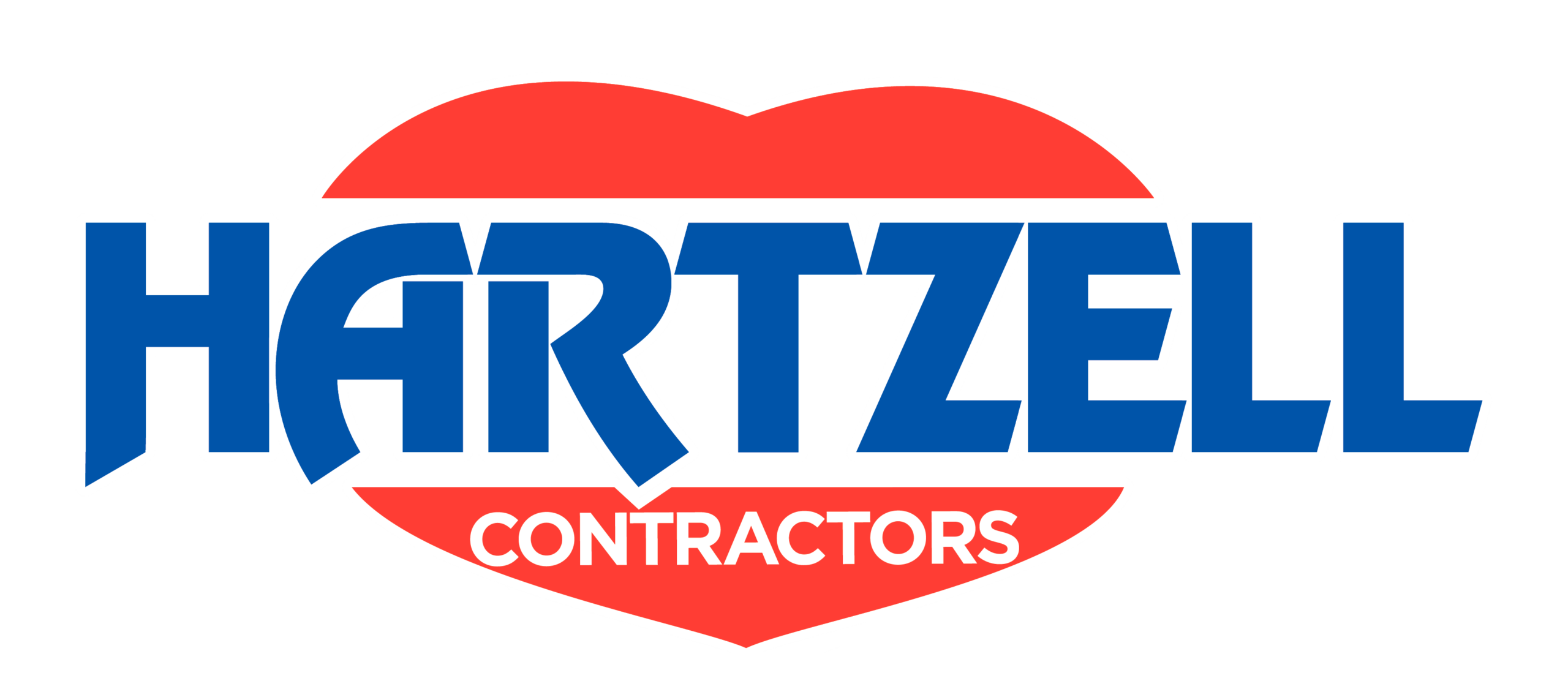When planning your next exterior painting project, knowing which paint to choose can make all the difference. With so many paint types for house exteriors on the market, how do you know which one will stand up to the elements and look great for years?
Let’s break down everything you need to know about exterior paint types—so you can feel confident making the best choice for your home.
Key Takeaways:
- Learn the pros and cons of different exterior paint types.
- Understand which paint types work best in different climates.
- Discover tips for choosing the right paint for your specific needs.
- Save time and money by avoiding common painting mistakes.

The Importance of Choosing the Right Exterior Paint
Your home’s exterior is the first thing people see—and it takes a beating from the sun, rain, wind, and more. Choosing the right paint helps protect your home while boosting its curb appeal.
But not all paints are created equal. The wrong choice could mean peeling, cracking, and costly repainting down the road.
The Most Common Paint Types for House Exteriors
Here’s a look at the top options homeowners can choose from:
1. Acrylic Paint
- Pros: Durable, flexible, resistant to fading and cracking
- Best For: Most climates, including hot or humid areas
- Surface Compatibility: Wood, fiber cement, aluminum, vinyl siding
2. Latex Paint
- Pros: Easy cleanup, quick drying, low odor
- Best For: Moderate climates and DIY projects
- Surface Compatibility: Wood, masonry, stucco
3. Oil-Based Paint
- Pros: Excellent adhesion, smooth finish
- Best For: High-traffic areas or surfaces with lots of wear
- Surface Compatibility: Trim, doors, metal surfaces
4. Elastomeric Paint
- Pros: Waterproof, flexible, great for filling small cracks
- Best For: Stucco or masonry in wet climates
- Surface Compatibility: Concrete, stucco, brick
5. Exterior Alkyd Paint
- Pros: Smooth finish, durable, good for chalky surfaces
- Best For: Historic homes or areas with frequent temperature changes
- Surface Compatibility: Wood, metal, previously painted surfaces

Climate and Paint Choice: What to Know
Different regions call for different types of exterior paint:
- Hot/Dry Climates: Acrylic or latex paints are excellent for hot, dry environments because they resist cracking and fading under intense sun exposure. These paints maintain their color and adhesion even in extreme heat, making them ideal for desert or sunny coastal areas.
- Wet/Humid Climates: Elastomeric paints or mildew-resistant latex paints excel in regions with high humidity or frequent rainfall. Their water-resistant properties help prevent moisture from penetrating surfaces, which reduces the risk of mold, mildew, and blistering.
- Cold/Variable Climates: Alkyd or oil-based paints are better suited for areas with fluctuating temperatures and harsh winters. These paints expand and contract with changing conditions, preventing cracking and peeling. They also adhere well to surfaces that might be exposed to frost or snow.
How to Choose the Best Paint for Your Home
Here’s how to make the right choice for your exterior painting project:
- Consider your siding material: Different siding materials absorb and hold paint differently. For example, wood siding often benefits from breathable acrylic paints, while stucco might need elastomeric paint to bridge small cracks. Brick and concrete usually require paint with excellent adhesion and durability, such as masonry-specific formulas.
- Think about the climate: Weather plays a big role in paint performance. In sunny climates, choose a fade-resistant paint. For humid areas, prioritize mildew-resistant properties. If your area experiences temperature extremes, choose a paint that expands and contracts well to avoid cracking.
- Check the paint’s features: Look for modern paints that include built-in benefits like UV protection, which prevents color fading, and mold/mildew resistance for damp environments. Some high-end exterior paints also offer dirt resistance or self-cleaning technologies that keep your siding looking fresh longer.
- Decide on the finish: Each finish has specific strengths. Flat paints hide imperfections but may show dirt more easily. Satin offers a slight sheen and is popular for most siding types. Semi-gloss is more durable and easier to clean, making it great for trim. Gloss finishes are highly reflective and best used sparingly on accents or doors.
Common Mistakes to Avoid
Even seasoned DIYers can make mistakes that reduce the lifespan or appearance of their exterior paint job. Avoid these common pitfalls to get the best results:
- Skipping surface prep: Surface preparation is essential for a long-lasting finish. This includes cleaning the surface to remove dirt, mold, or old flaking paint, sanding if necessary, and applying primer. Skipping these steps can cause new paint to peel or blister quickly.
- Choosing interior paint for exteriors: Interior paints are not formulated to withstand outdoor elements like UV rays, rain, and temperature changes. Using them on exterior surfaces leads to rapid deterioration, fading, and lack of protection.
- Not testing colors: Paint can look different under various lighting conditions. Always test samples on your exterior walls and observe them throughout the day. This ensures you’re happy with the color before committing to several gallons.
- Ignoring warranty info: Paints with longer warranties typically undergo more rigorous testing for durability and performance. Choosing a product with a solid warranty can save money and effort in the long run by reducing how often you need to repaint.
Ready to Paint? Let Hartzell Painting Help!
Picking the right paint types for house exteriors can feel overwhelming—but it doesn’t have to be. Whether you’re tackling a DIY project or hiring a pro, Hartzell Painting can guide you through every step.
Call us at 954-280-6327 for expert advice and high-quality painting services tailored to your home.

